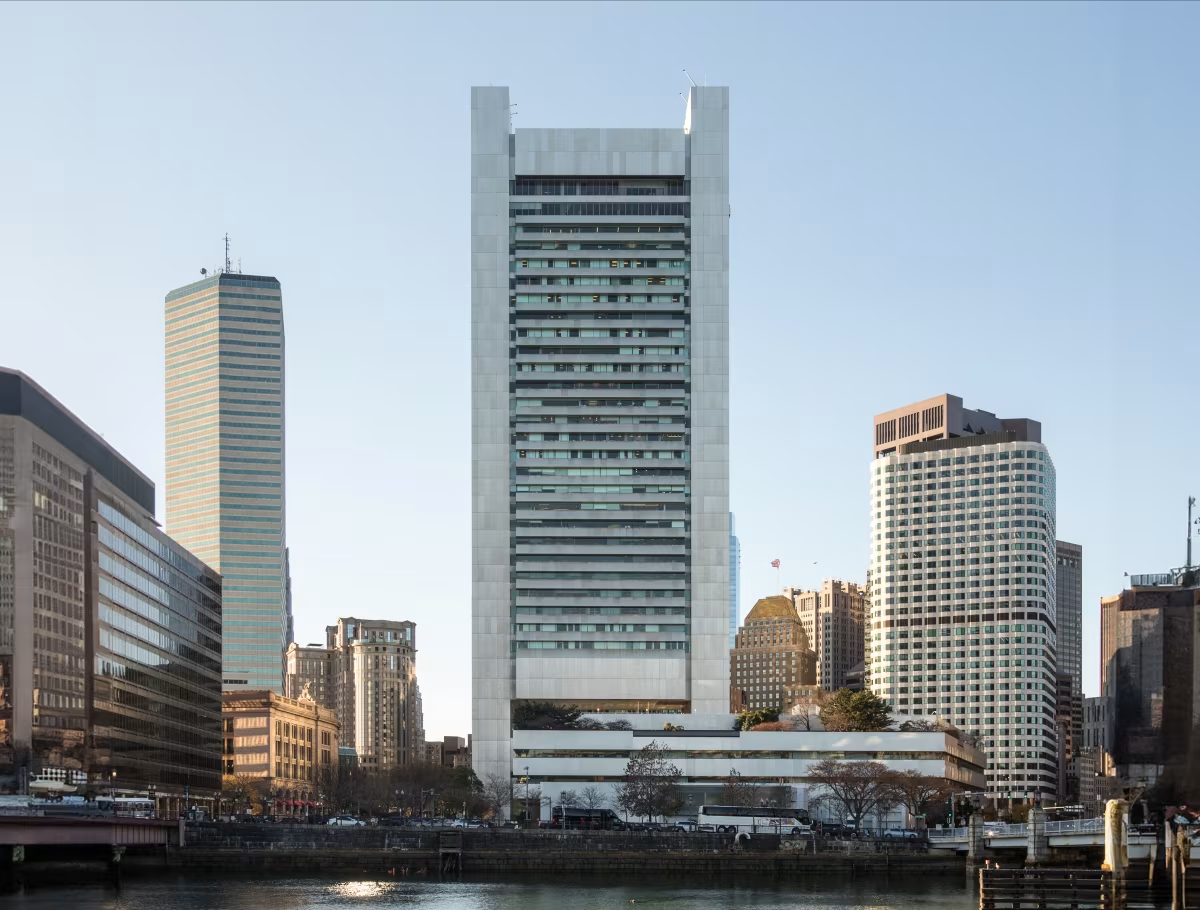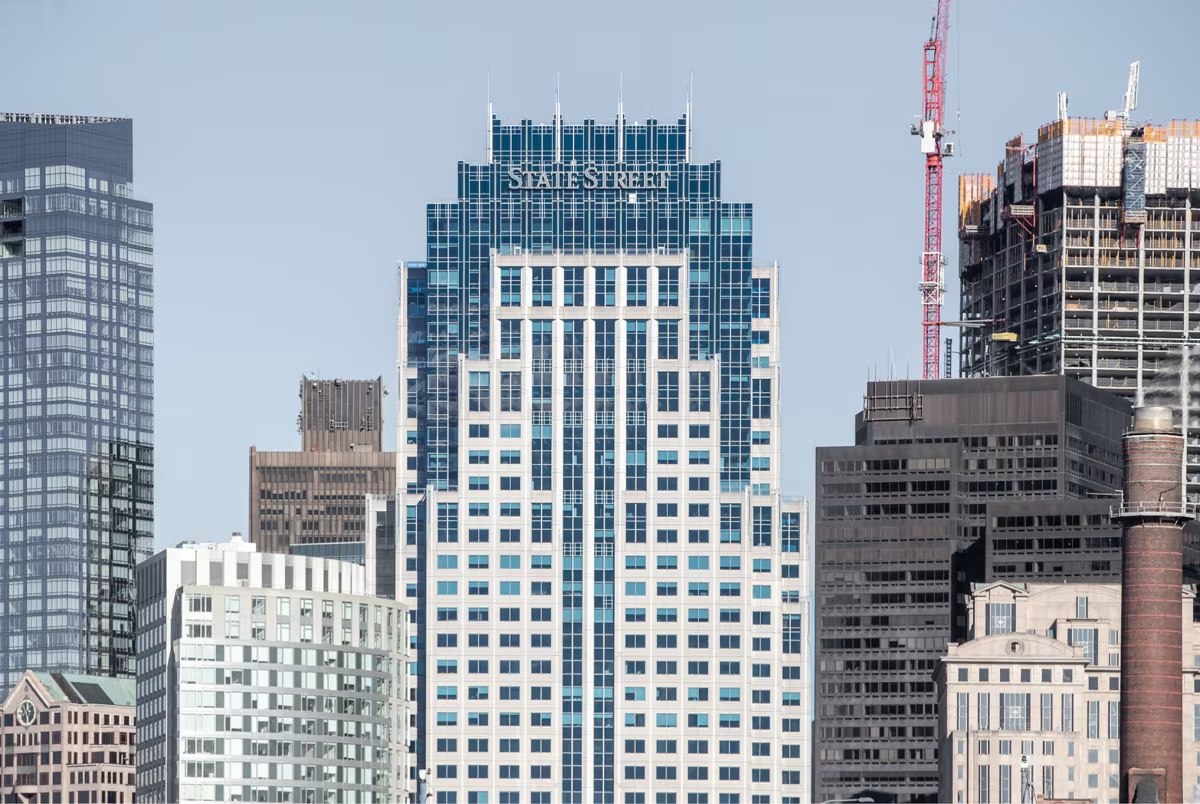Federal Reserve Bank Building vs One Lincoln Street Building


Comparing the Federal Reserve Bank Building and the One Lincoln Street Building is interesting because they both rise in Boston, MA, yet they were conceived by two different design teams, Stubbins and Associates and TRO Jung Brannen , and were completed at different points in time. They were finished over two decades apart.
This contrast within the same city allows us to see how different creative minds interpreted the evolving needs of Boston across time.
Let's take a closer look!
Height & Size
These two towers present an interesting contrast in their proportions. The Federal Reserve Bank Building rises higher at 614ft (187m), while the One Lincoln Street Building reaches 463ft (141m). However, the One Lincoln Street Building accommodates more floors with 36 levels above ground, compared to 32 floors in the Federal Reserve Bank Building.
This suggests different approaches to interior space design. The Federal Reserve Bank Building has an average floor-to-floor height of approximately 5.8m, while the One Lincoln Street Building has more compact floors averaging around 3.9m each. The taller building's more generous floor heights might indicate grander interior spaces, higher ceilings, or different programmatic requirements.
These different proportions likely reflect the specific needs each building was designed to serve, whether driven by zoning regulations, client requirements, or the intended use of the spaces within. The contrast shows how architects can achieve different spatial experiences even when working with similar overall building scales.
Architectural Style
Both the Federal Reserve Bank Building and the One Lincoln Street Building were designed in line with the aesthetic conventions of the Postmodernism style.
The One Lincoln Street Building was designed at a moment when the Postmodernism style was already in decline, making it more of a lingering expression of the movement. In contrast, the Federal Reserve Bank Building was built when the style still carried greater cultural weight.
Uses
Both the Federal Reserve Bank Building and the One Lincoln Street Building were designed to serve as commercial towers, and that has remained their main use since their completion, serving similar roles in the urban fabric.
The One Lincoln Street Building also provides 900 parking spaces.
Structure & Facade
These two towers illustrate the many possible ways to combine structure and enclosure in skyscraper design.
| Federal Reserve Bank Building | One Lincoln Street Building | |
|---|---|---|
| Stubbins and Associates | Architect | TRO Jung Brannen |
| 1969 | Construction Started | 2000 |
| 1977 | Year Completed | 2003 |
| Postmodernism | Architectural Style | Postmodernism |
| Commercial | Current Use | Commercial |
| 32 | Floors Above Ground | 36 |
| 187 m | Height (m) | 141 m |
| Frame | Structure Type | Framed Tube In Tube |
| Steel | Vertical Structure Material | Steel |
| Reinforced Concrete | Horizontal Structure Material | Concrete |
| The Federal Reserve Board | Developer | American Financial Realty Trust |
| LeMessurier Consultants | Structural Engineer | Weidlinger Associates |
| MA | State | MA |
| Boston | City | Boston |
| 600 Atlantic Avenue | Address | 1 Lincoln Street |